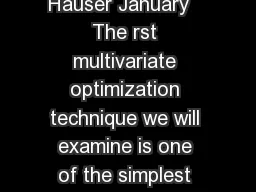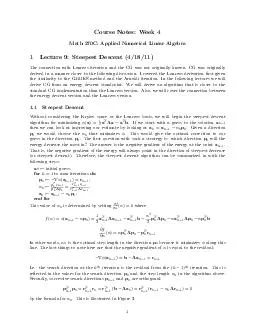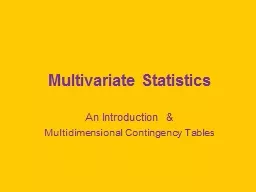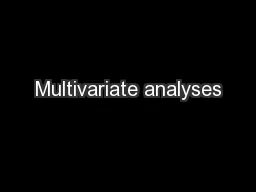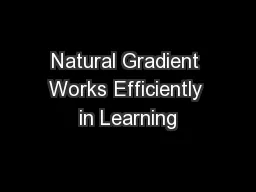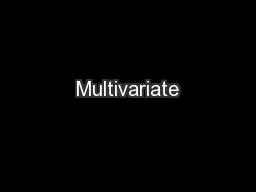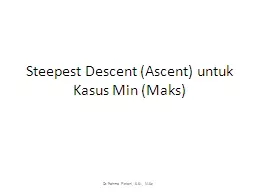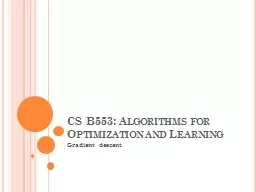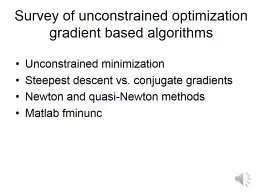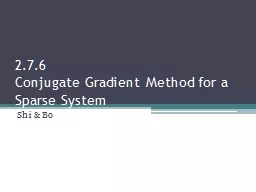PDF-B Lecture Gradient Descent Kris Hauser January The rst multivariate optimization technique
Author : faustina-dinatale | Published Date : 2015-01-15
Gradient descent is an iterative method that is given an initial point and follows the negative of the gradient in order to move the point toward a critical point
Presentation Embed Code
Download Presentation
Download Presentation The PPT/PDF document "B Lecture Gradient Descent Kris Hauser ..." is the property of its rightful owner. Permission is granted to download and print the materials on this website for personal, non-commercial use only, and to display it on your personal computer provided you do not modify the materials and that you retain all copyright notices contained in the materials. By downloading content from our website, you accept the terms of this agreement.
B Lecture Gradient Descent Kris Hauser January The rst multivariate optimization technique: Transcript
Download Rules Of Document
"B Lecture Gradient Descent Kris Hauser January The rst multivariate optimization technique"The content belongs to its owner. You may download and print it for personal use, without modification, and keep all copyright notices. By downloading, you agree to these terms.
Related Documents

